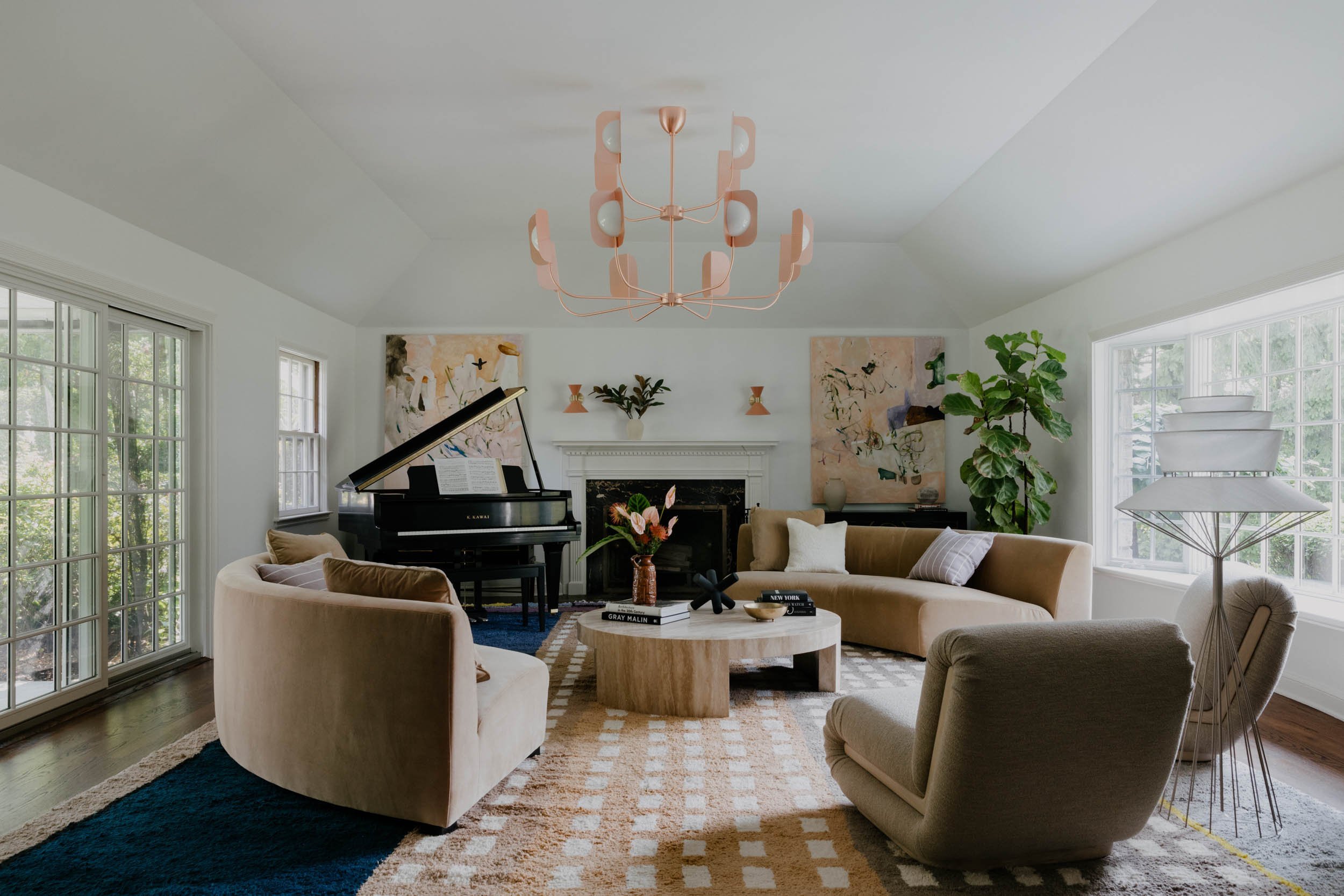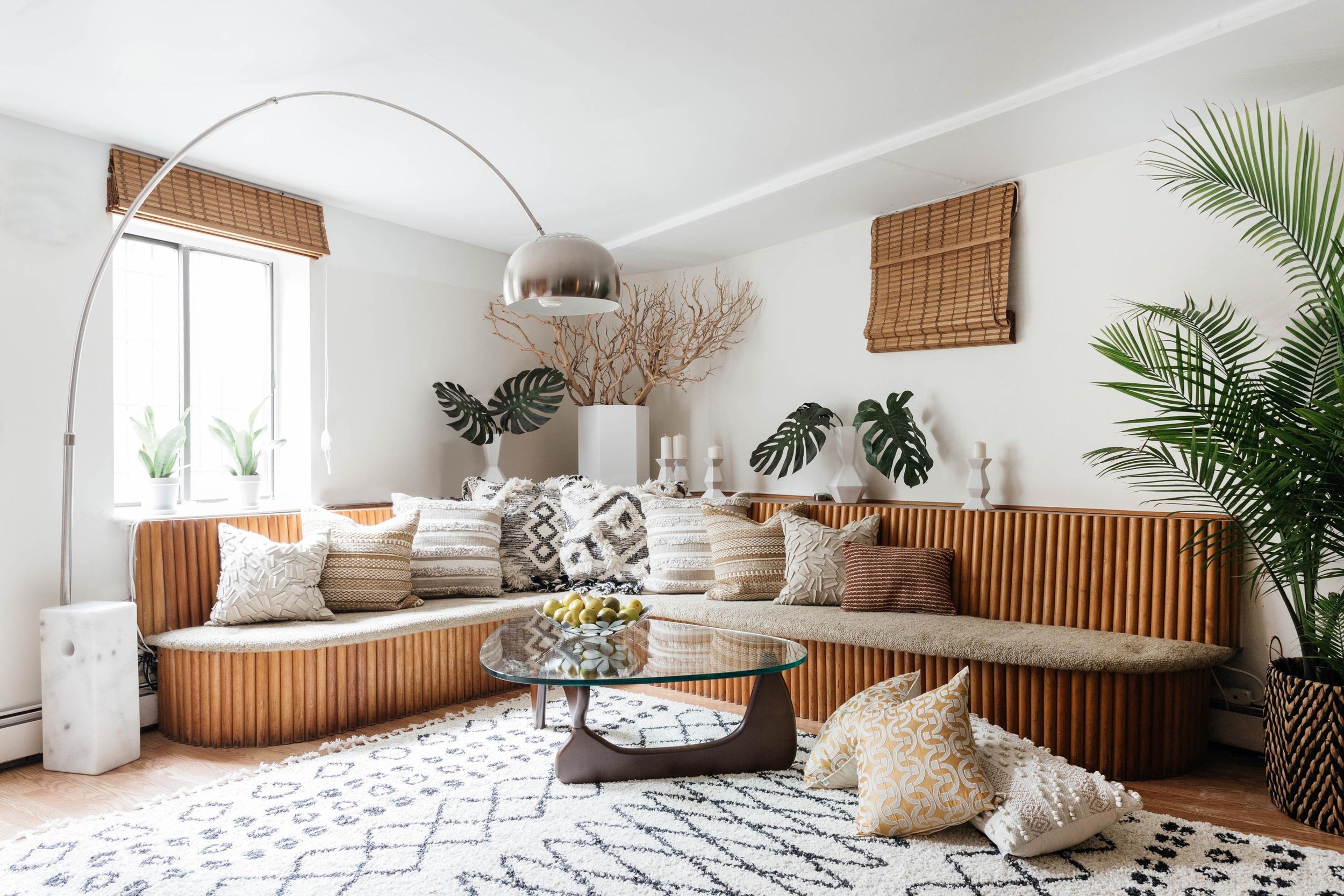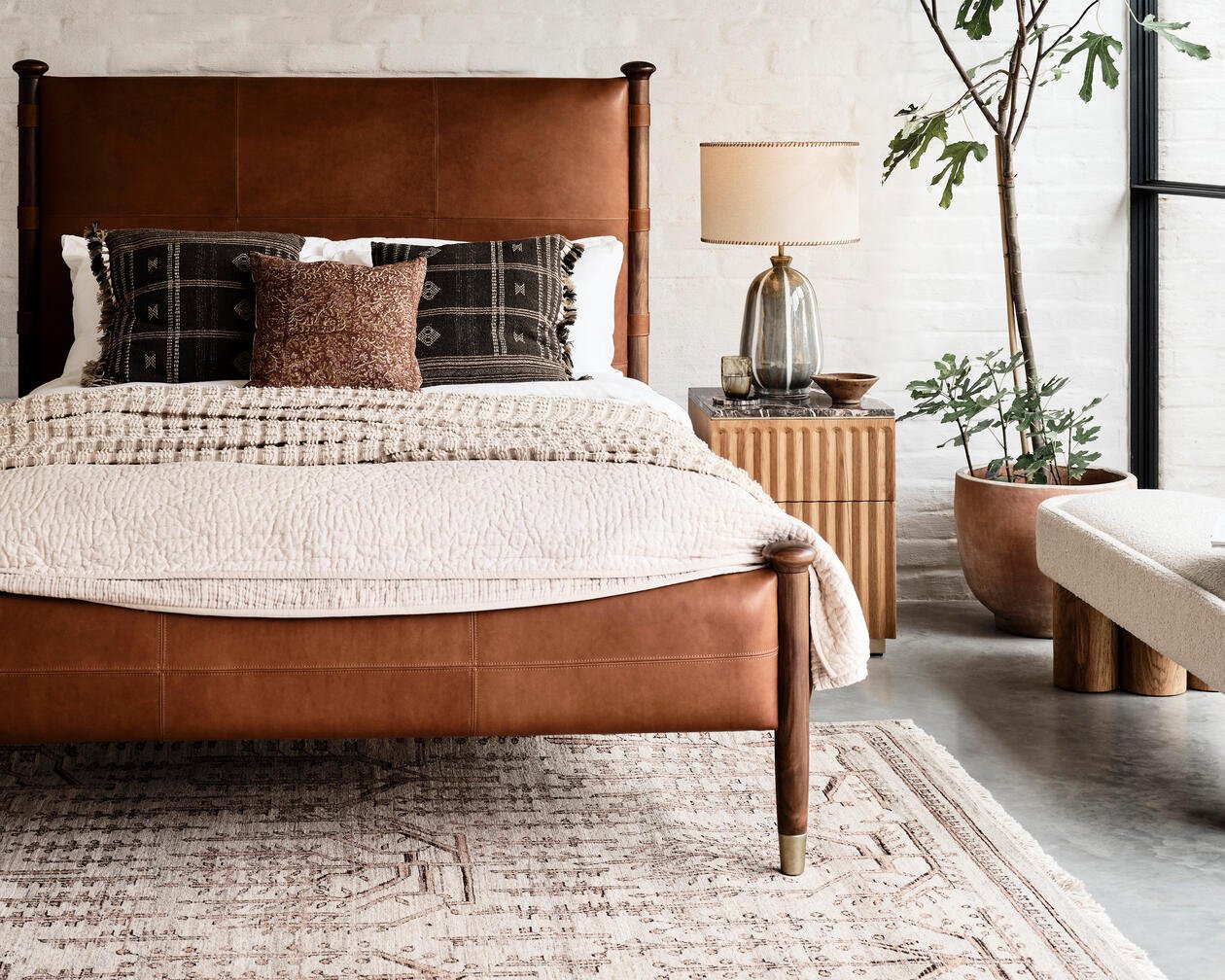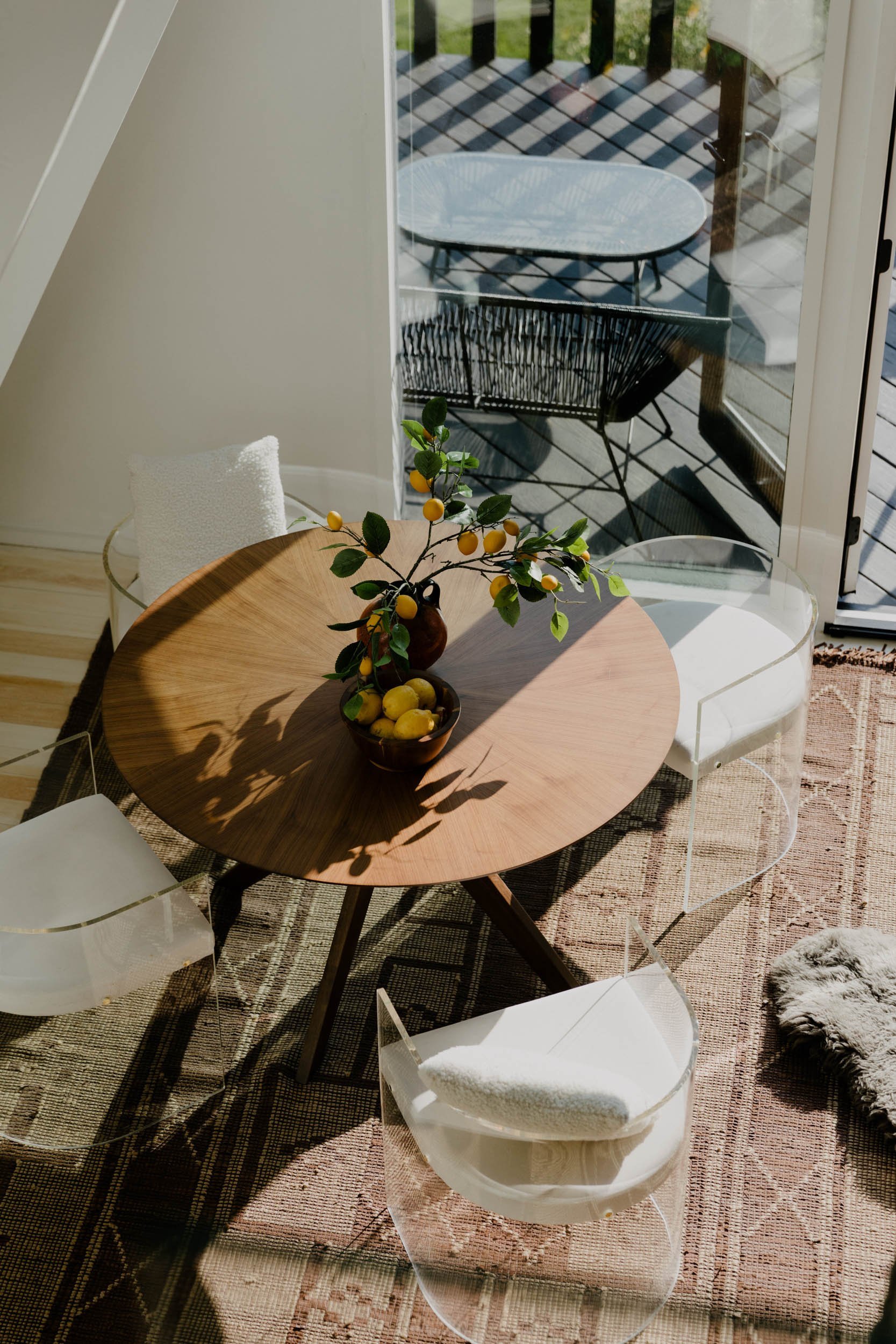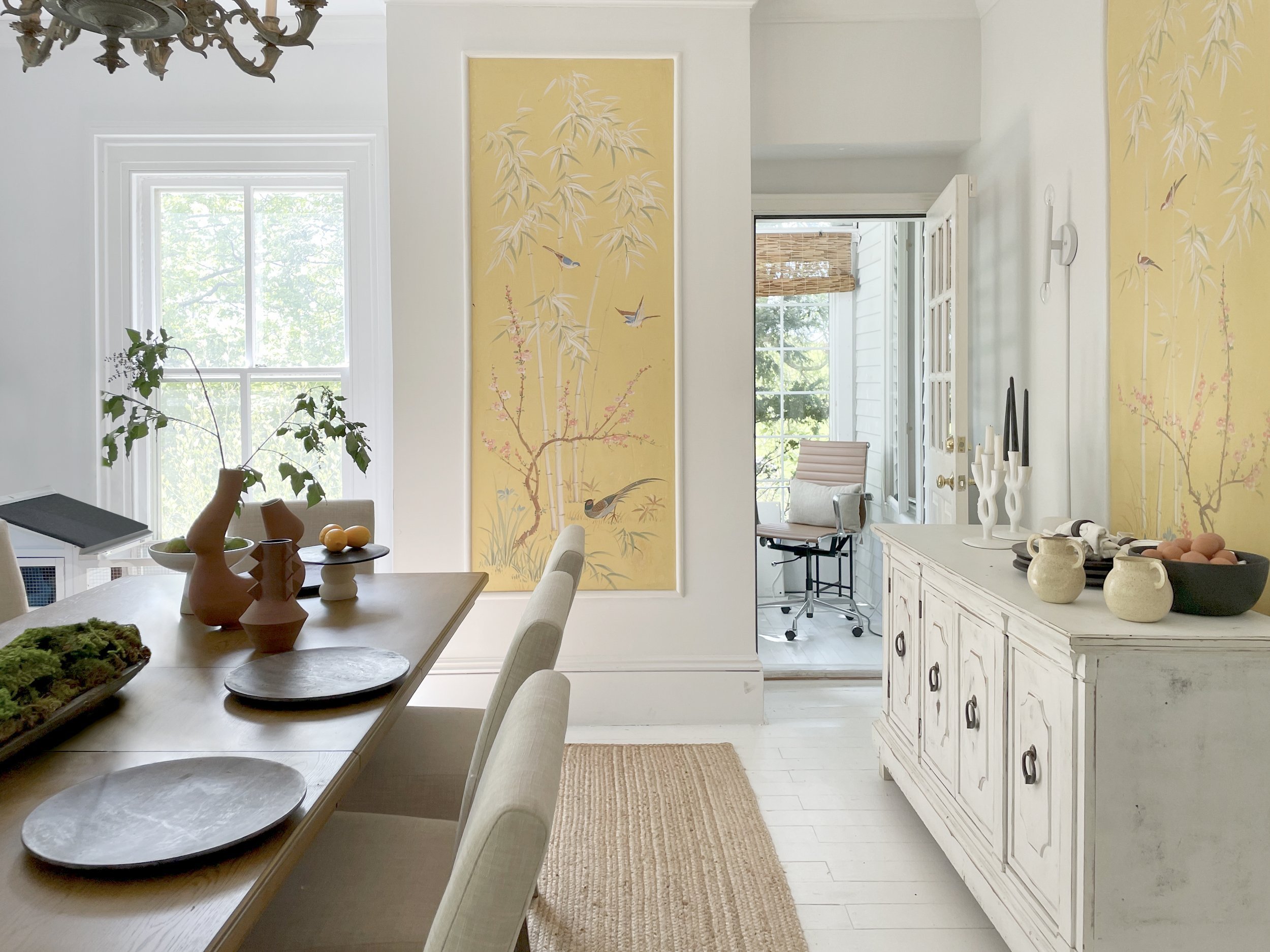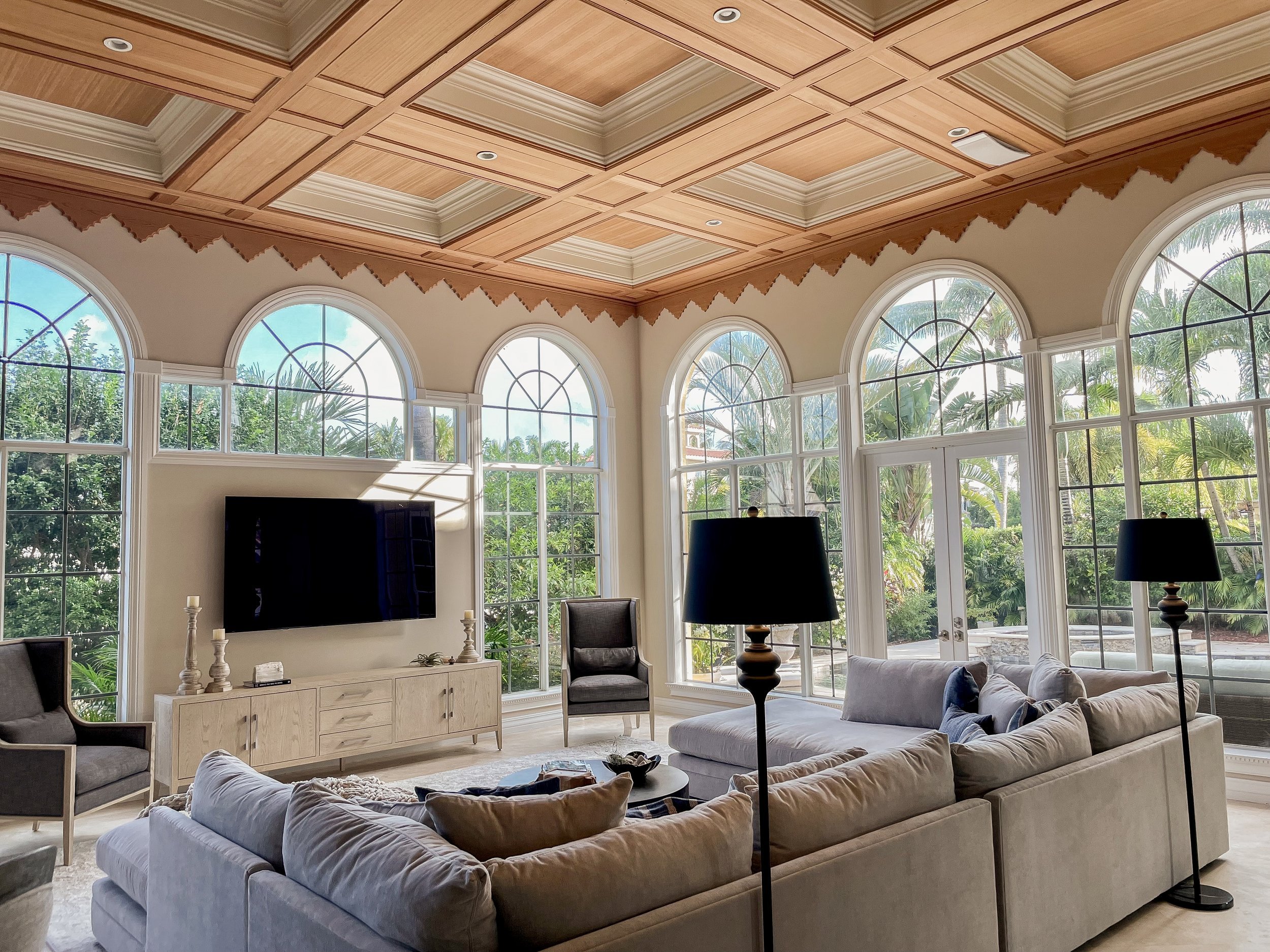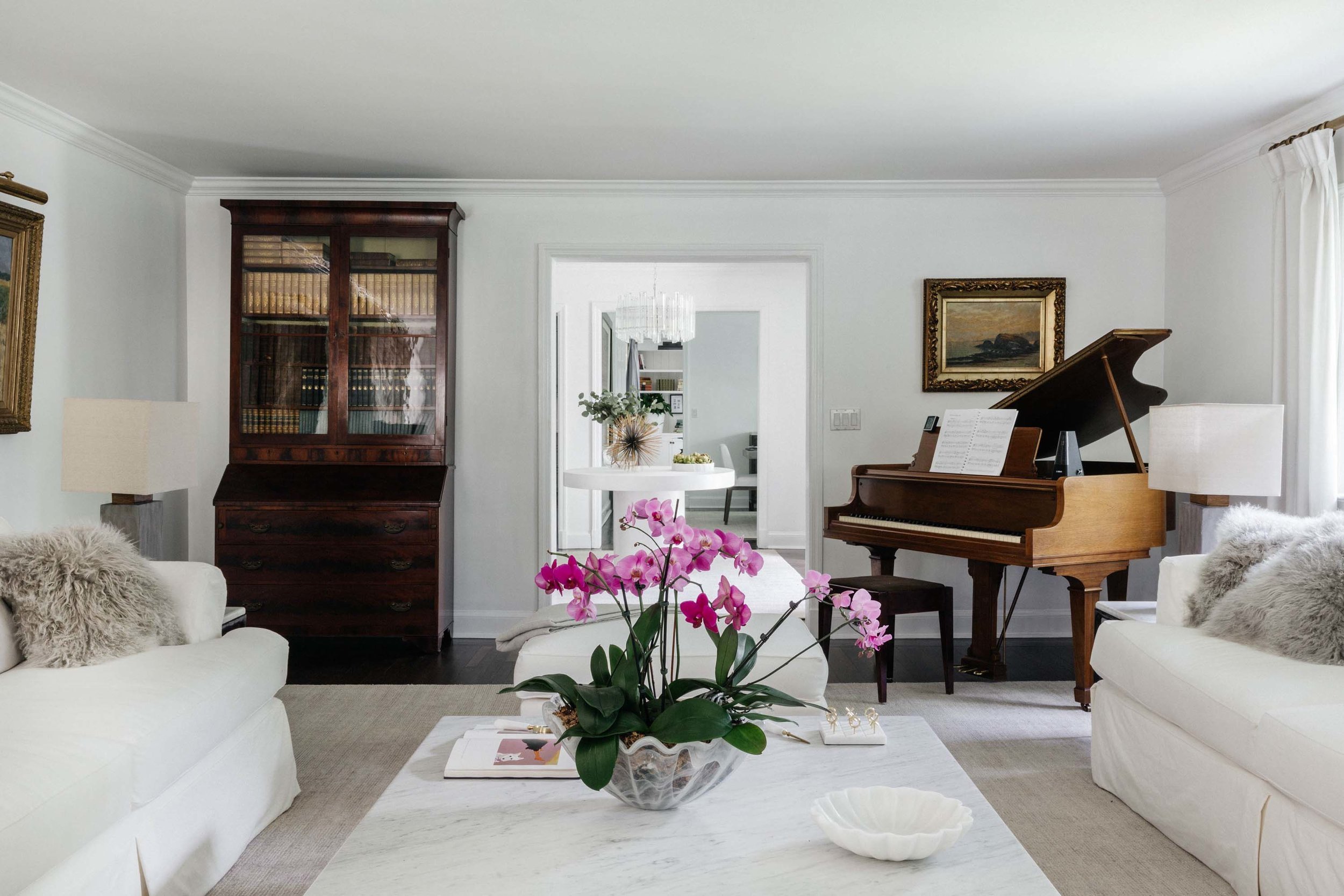The Ultimate Rug Buying Guide: How to Choose the Perfect Rug for Your Space
Rugs play a crucial role in interior design, transforming a room from unfinished to polished. The right rug can bring together other design elements, add warmth, and elevate the aesthetics of your home.
In this comprehensive rug-buying guide, we'll walk you through the essential steps to help you select the perfect rug that suits your style and enhances your living space.
Art Home Garden
Understanding Your Space
Before you start shopping, take time to understand your space. Think about the following questions to assess your needs:
What’s the function of the room?
Who does it need to accommodate?
Is it a low-traffic or high-traffic space?
What is the purpose of the rug? Aesthetic, functional, or both?
How will it fit with the existing furniture and decor?
What’s the room layout and furniture arrangement?
By thinking about these factors before you start browsing you’ll have a clearer idea of what types of rugs you want to consider.
Art Home Garden
Rug Size and Shape
Determining the right rug size and shape is crucial for achieving a balanced and cohesive space. Rugs are available in various standard sizes, from small accent rugs to large-area rugs. Here's a quick overview:
Accent Rugs: These smaller rugs are perfect for entryways, hallways, bathrooms, or bedside areas. These can be a runner, which is a longer and narrow rug, a round rug, rectangular, or square.
Area Rugs: These rugs help define a space within a room, like a seating area in the living room or under a dining table. Since they range from medium to large they can also cover most of the floor area and provide a cohesive foundation.
Select a shape that complements the room's dimensions and enhances the overall flow. It’s a common mistake for homeowners to select a rug that’s too small, so it’s better to err on the larger side. Be sure to measure the space and use painter's tape to visualize the dimensions of the rug to get a sense of how different sizes will look.
Soho Home
Rug Materials
When it comes to selecting the right rug for your space, the type of fiber used in its construction plays a significant role. Let's explore the various rug fiber options available, along with their respective attributes and considerations.
Art Home Garden
Natural Fibers:
These rugs are crafted from natural materials like wool, cotton, silk, jute, and sisal. These fibers offer unique qualities that can greatly influence your rug selection.
Wool rugs, specifically, are celebrated for their texture, durability, and ability to withstand daily wear. They’re a great choice for high-traffic areas. Going with a natural fiber like wool is also a more sustainable choice.
However, natural fiber rugs also come with certain considerations. They can be pricier compared to synthetic options. Regular vacuuming is often required, and professional cleaning is recommended every few years.
Art Home Garden
Synthetic Fibers:
Synthetic fiber rugs are constructed using materials such as acrylic, polyester, and polypropylene. These fibers offer a different set of advantages and considerations.
They usually cost less than natural options, making them budget-friendly choices. They are often resistant to stains and easy to clean. Synthetic fiber rugs also require less maintenance and are usually resistant to fading.
However, synthetic fiber rugs typically do not last as long as their natural counterparts. They’re also not an eco-friendly option.
Understanding the attributes of different rug fiber types is pivotal in making an informed decision that aligns with both your design preferences and practical considerations. When in doubt, check with the retailer or manufacturer to know if a rug you like will work for your lifestyle.
Soho Home
Rug Texture and Weave
The texture is an often overlooked but vital aspect of rug selection. It adds visual interest and dimension to your room. Pile height, ranging from low to high, affects a rug's appearance, comfort, and maintenance requirements. Consider the room's function and your comfort preferences when deciding on pile height.
Here’s an overview of the most common different construction styles and waves:
Hand-knotted: This type of rug is a one-of-a-kind artisan piece. It’s an ancient technique made knot by knot on a loom. It’s very time intensive and requires a high level of skill.
Hand Tufted: These rugs are made by stretching a canvas on a frame and then punching strands of wool through it with the help of a tool. A backing then holds the tufts in place.
Power Loom: These rugs are machine-made with synthetic fibers on large electric looms. A latex backing secures all the fibers in place.
Flatwave: As the name suggests these rugs are flat, without knots, and are created by interlacing vertical and horizontal threads.
When you think of vintage Turkish and Persian rugs, these are typically hand-knotted or flatwoven.
Art Home Garden
Rug Style
The right rug color can either blend seamlessly with your existing palette or serve as a vibrant focal point. Harmonize colors to achieve balance in your room. Patterns can add depth and personality to your space. Be sure to choose a design that complements your décor while not overwhelming the room.
Though there are endless options of rug styles available to choose from, they usually fall into the following categories.
Traditional: These rugs range from vintage to floral patterns. They typically draw inspiration from classic European and Victorian styles or Persian styles.
Modern: Modern and contemporary style rugs offer a variety of colors and patterns, ranging from solid, geometric, and abstract patterns.
Natural: Natural rugs are made from natural materials including fibers like jute, seagrass, or sisal, along with wool or cotton.
Bohemian: These rugs often have multicultural influences and blend, patterns, textures, and colors, along with vintage and modern styles.
Pick a category that fits with the aesthetic of your home and your current design scheme, unless you’re starting from scratch.
Art Home Garden
Rug Placement and Arrangement
The placement of your rug can greatly impact the room's overall look. Rugs can be placed under furniture or in open areas, depending on your design goals. When placing rugs under furniture, ensure they extend beyond the furniture's edges. For open areas, choose a size that defines the space and complements the room's proportions.
Rug Maintenance and Care
Proper maintenance prolongs the life of your rug. Regular vacuuming and spot cleaning are essential to prevent dirt buildup and stains. Rotating your rug once a year can also help it from fading unevenly.
Different rug materials require specific care, so be sure to follow manufacturer guidelines.
As you proceed on your rug-buying journey, trust your instincts and embrace the process. A rug is more than a piece of decor; it's an expression of your style and personality. Explore different options, and choose a rug that’ll enhance your space.
Art Home Garden
If you’re feeling stuck, consider hiring professional help. AHG Interiors is a full-service interior design firm that takes on projects across the country. With a focus on eco-friendly design, we specialize in creating spaces that are personal, fit your lifestyle, and a friendly to the planet. Get in touch with us today to learn more!

